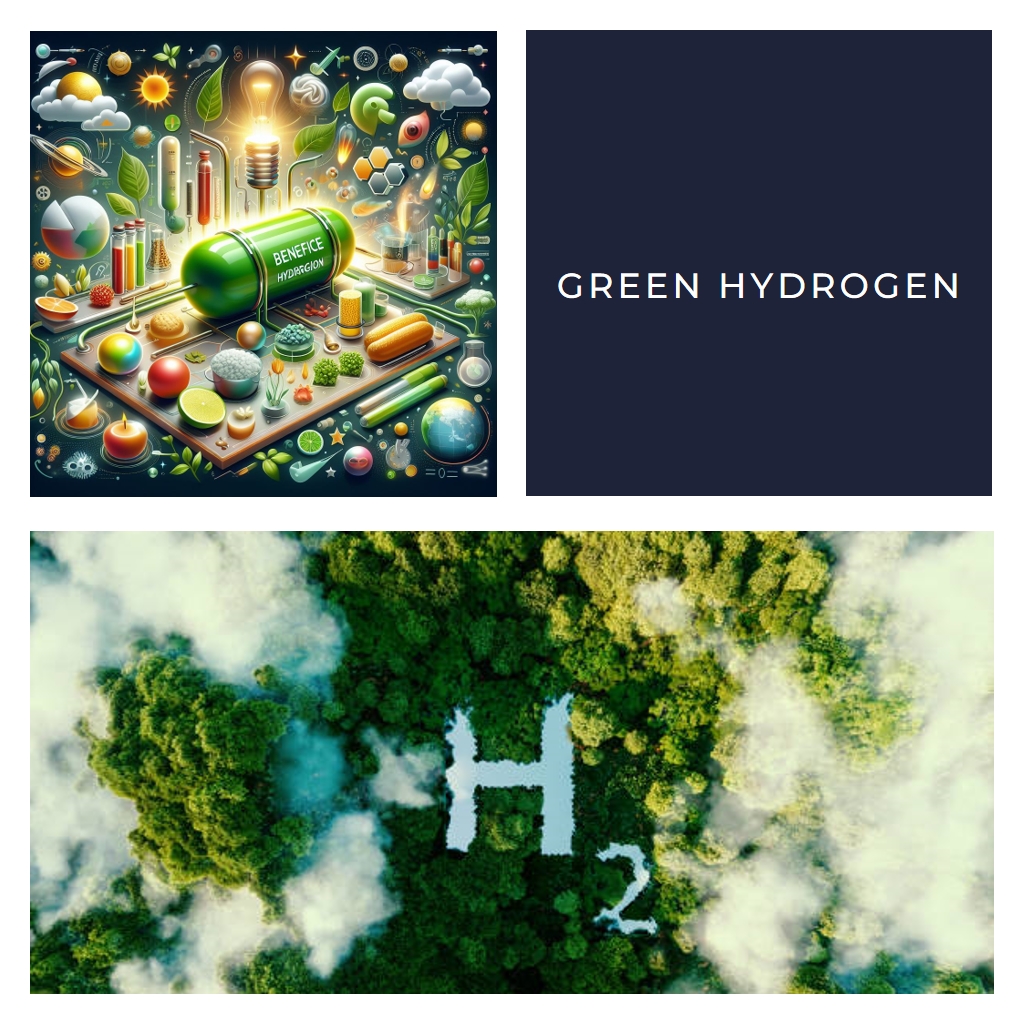Green hydrogen is hydrogen that is produced from renewable energy sources, such as solar, wind, or hydro power, without emitting any greenhouse gases. Green hydrogen can be used as a clean fuel for various applications, such as transportation, industry, and power generation
There are several companies around the world that are developing and deploying green hydrogen production technologies and projects, aiming to commercialize them in the near future. Some of the leading green hydrogen producing companies are:
- Envision Group: A global leader in smart energy and digital transformation, Envision Group has developed a green hydrogen platform called Envision Hydrogen, which integrates renewable energy, electrolysis, hydrogen storage, and fuel cells. Envision Hydrogen aims to provide low-cost and high-efficiency green hydrogen solutions for various sectors, such as mobility, industry, and power
- ITM Power: A UK-based company that specializes in polymer electrolyte membrane (PEM) electrolysis, ITM Power designs and manufactures integrated hydrogen energy systems for grid balancing, energy storage, and green hydrogen production. ITM Power has partnered with several companies, such as Shell, Linde, and Snam, to deploy large-scale green hydrogen projects across Europe and beyond.
- Nel Hydrogen: A Norwegian company that provides solutions for the production, storage, and distribution of green hydrogen, Nel Hydrogen offers both alkaline and PEM electrolysis technologies, as well as hydrogen fueling stations. Nel Hydrogen has delivered more than 3,500 electrolyzers and 200 fueling stations worldwide, and has ambitious plans to scale up its production capacity and lower its costs
- Plug Power: A US-based company that provides hydrogen fuel cell systems and solutions for various applications, such as material handling, stationary power, and transportation. Plug Power has also invested in green hydrogen production and delivery, aiming to produce 500 tons of green hydrogen per day by 2025. Plug Power has partnered with several companies, such as Renault, SK Group, and Acciona, to expand its green hydrogen business globally
- Siemens Energy: A German company that provides products and solutions for the energy sector, Siemens Energy has developed a portfolio of green hydrogen technologies, such as electrolyzers, gas turbines, and fuel cells. Siemens Energy has also launched several green hydrogen initiatives, such as the H2Mare project, which aims to produce green hydrogen from offshore wind power, and the H2@Scale project, which aims to demonstrate the feasibility of large-scale green hydrogen production and utilization in the US.
- Snam: An Italian company that operates Europe’s largest natural gas infrastructure network, Snam has been actively involved in the development and promotion of green hydrogen, both as a producer and as a transporter. Snam has invested in several green hydrogen projects, such as the HyDeal Ambition project, which aims to deliver 3.6 million tons of green hydrogen per year in Europe by 2030, and the H2iseO project, which aims to build Italy’s first industrial-scale green hydrogen plant.
- Uniper: A German company that provides power generation and energy trading services, Uniper has been exploring the potential of green hydrogen as a way to decarbonize its assets and activities. Uniper has launched several green hydrogen projects, such as the Green Wilhelmshaven project, which aims to build Germany’s first green hydrogen hub, and the HySupply project, which aims to establish a green hydrogen supply chain between Australia and Germany.
- SPARC hydrogen is a joint venture between Sparc Technologies, Fortescue Future Industries, and the University of Adelaide, that aims to develop and commercialize a next-generation green hydrogen production technology using photocatalytic water splitting (PWS). PWS is a process that uses sunlight, water, and a photocatalyst to produce hydrogen without emitting any greenhouse gases. SPARC hydrogen claims that its technology has the potential to be more flexible, scalable, and cost-effective than conventional electrolysis, and that it can provide green hydrogen solutions for various sectors, such as mobility, industry, and power.
Several companies are pioneering the field of green hydrogen production and are developing new technologies to generate green hydrogen. According to GlobalData, global green hydrogen production capacity reached over 109,000 tonnes per annum (ktpa) in 2022, representing a 44% increase over 2021.
Siemens Energy has developed Silyzer, a new technology to generate green hydrogen, while Air Products is a global leader in liquefied natural gas (LNG) processing and has over 100 hydrogen plants with the capacity to produce seven million kilograms of the fuel.
Plug Power is a leading provider of hydrogen fuel cell solutions and expects to produce 2,000 tonnes of green hydrogen per day by 2030. Other companies investing heavily in green hydrogen technologies include Black & Veatch. These companies are poised to play a significant role in the global transition to a low-carbon economy.




